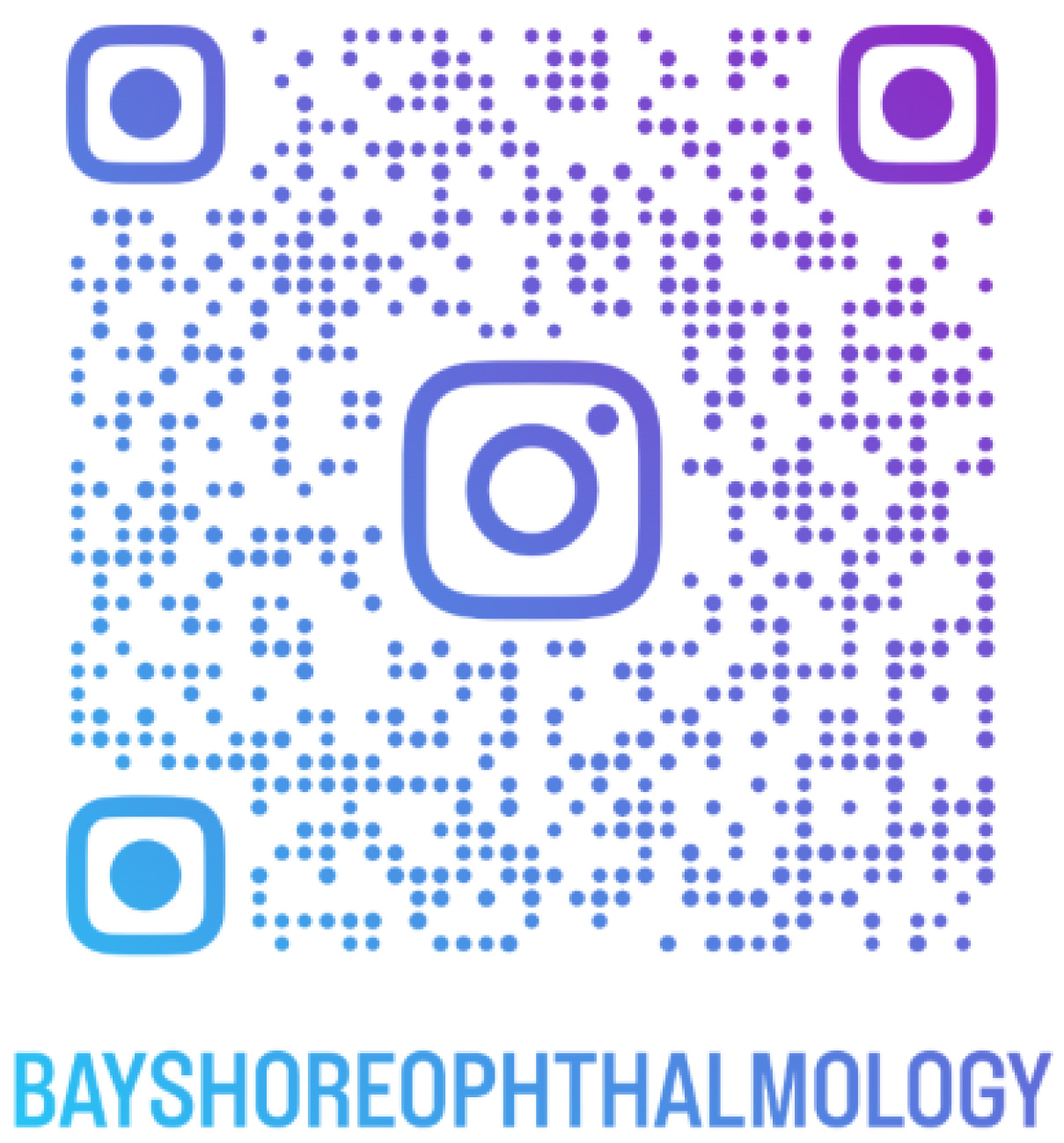What is Blade Free LASIK?
Blade-free LASIK uses the excimer laser to help correct refractive error. The excimer laser is applied to the cornea under a thin flap of corneal tissue decreasing or eliminating the need for glasses or contact lenses. With blade-free LASIK a laser is used for all portions of the procedure.

How Does Blade-Free (Wavefront) LASIK Work?
During LASIK surgery, a very thin flap is created on the front of the cornea. The flap is then folded back, and the laser applied to the underlying corneal tissue in a precise manner that can correct nearsightedness, farsightedness and/or astigmatism. The flap is then replaced, protecting the reshaped cornea underneath.
This protective flap can be created in two ways:
- Microkeratome – a very fine surgical steel blade, called a microkeratome is used to create the flap.
- Blade-Free/laser – a laser beam is used to create the corneal flap. Several laser technologies can be used to create the blade-free LASIK flap. One of the most common is the Intralase laser.
What is the advantage of Blade-free LASIK surgery?
Several clinical studies suggest that regardless of whether the LASIK flap is created with a blade (microkeratome) or with a laser (Blade-free LASIK), the visual outcome is excellent. There does not seem to be a significant advantage in how the flap is made in regards to the vision obtained after the surgery; however, Blade-free LASIK may offer a small advantage of safety.
Although rare, when a blade makes the flap, the flap can be made irregularly, with a tattered edge or perhaps a buttonhole in the center. This may occur if the blade (microkeratome) comes loose from the eye during its cutting pass. With a laser created flap in Blade-free LASIK, this risk of an irregular flap is reduced.
Please note that regardless of which technology is used to make the flap the risk of any problem with cutting the flap during the surgery is very small.
Blade-free LASIK surgery helps correct the vision of people with myopia, hyperopia, and/or astigmatism. A large majority of people that wear glasses or contacts and suffer from such refractive errors are candidates for LASIK surgery.

